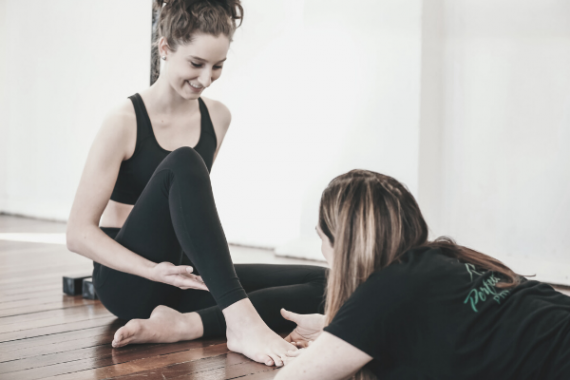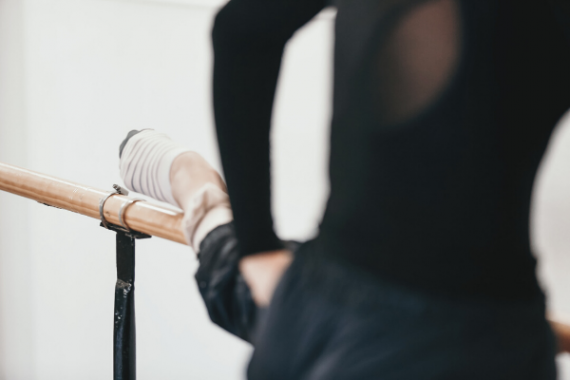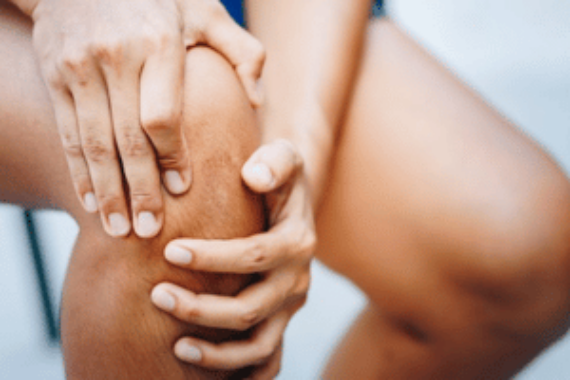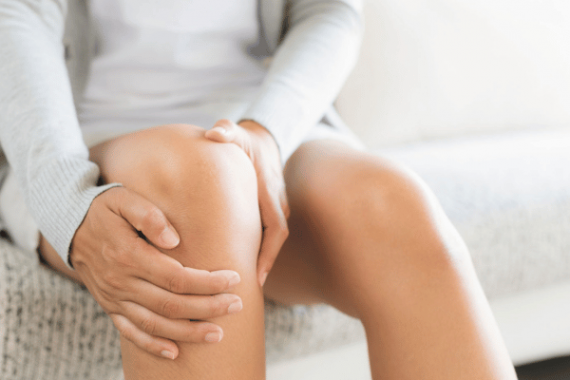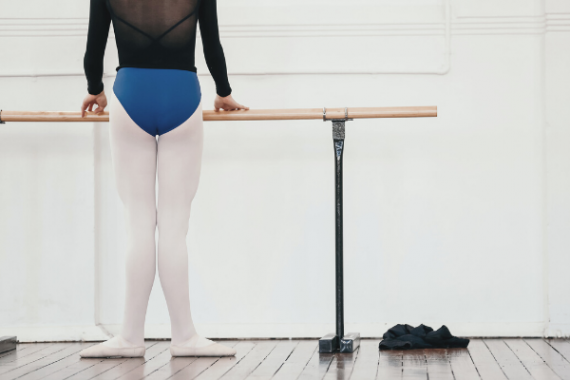Knee Pain and Bakers Cysts
"Firstly, I’d like to say I love your tips and newsletter. I am 25 years old and have been dancing for 23 years. I have had knee pain for years but never really took it seriously. Recently it’s been getting worse so I went to see a sports medicine doctor who diagnosed my injury as "Bilateral patellofemoral disease with infusions in-situ and bilateral bakers cysts, left greater than right".
I would just like some clarification on this, what does this truly mean and if it’s curable? And what should be done to help the healing process seeing that I will be travelling to New York at the end of the month to partake in an intensive dance course for three months.
Thank you and looking forward to your help. Catherine."
Thank you very much for sending us the email, Catherine. Just to clarify what that diagnosis actually is; Bilateral Patellofemoral pain is basically any pain underneath the knee cap, between the knee cap and the femur which is the big thigh bone, this can happen for a number of reasons and we have a couple of videos on this already. We will also be publishing a complete report of Patellofemoral pain next week, so keep posted for details on that!
1. It is mainly due to the alignment of the lower leg not really being in an optimal position.
One thing that I commonly say is that "the knee is a slave to the hip and the ankle". If there’s something wrong in the hip and the ankle, such as a lack of control or the foot is rolling in, or you don’t have enough turnout control, strain is taken through the knee. Often the knee is just the weakest point due to its biomechanical makeup and this is when patellofemoral pain will usually start to occur. Misalignment of the Patella (kneecap) in relation to the Femur (the thigh bone) creates pressure and consequently pain between the two bones. Often therapists really focus on treating the knee, but I have found much faster results from actually treating the stability of the hip and the foot which then allows the knee to sit in a good position, however, sometimes there are actually problems within the knee that do need to be addressed. If there has been pain in the knee for a long time, one of the muscles on the inside of the knee (the VMO) may have "switched off" and may need to be retrained.
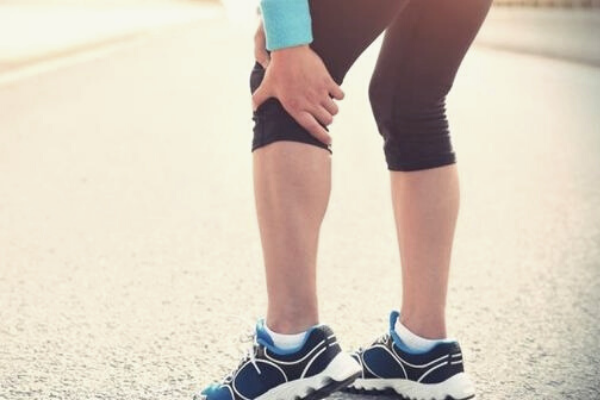
2. This may also happen if you tend to sit your weight back on your heels.
Do this little test right now - Stand in parallel and then shift your weight back onto your heels and try and notice what muscles in your body come on. If you do this you’ll usually tend to find that your quadriceps switch on and grip a little to stop you from falling backwards. This is a natural response and a very common issue in dancers who carry their weight too far back. If your quadriceps are constantly on, they will get tight and this can increase the pressure of the knee cap onto the thigh bone.
3. Other things...
Other contributing factors that may be influencing the injury that I would be looking at are; your turnout control, your weight placement and the position of your feet. There are taping techniques that can be used to help hold the kneecap in a better position while you are dancing. Hopefully you can find a therapist who can teach you how to do that, it’s something that is quite hard to teach online.
4. Bakers Cysts
A Bakers Cyst is a pocket of swelling in the back of the knee that can sometimes be a little tricky to deal with. You can get Bakers Cysts drained but they tend to recur as they may refill so you need to look at why it’s happening in the first place. This is a bit of a grey area in sports medicine, with a lot of people unsure as to why they start. I find that Bakers Cysts tend to develop if you sit into hyperextension of the knees or if people sit with their legs crossed out in front of them and bow the back of the leg, or if there’s too much load going through the knees. So take care that you are not snapping your knees back when you’re walking or relaxing back into your knees if you have a little bit of hyperextension. It is possible to get the cysts drained, but I would do this only after you have looked at fixing any mechanical issues that there are around the knee to stop it from recurring. One taping technique that can be used to help prevent this from coming back is actually taping these in the dynamic tape in a cross across the back of the knee so that when you do go to extend the knee, there’s a gentle reminder for you not to snap back into the full range. This can be quite helpful for a lot of people.
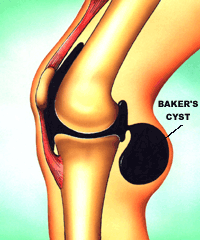
I hope that clarifies what you can do to help support the knees. I hope everything goes well with your trip to New York and look forward to hearing how you go!
- 1
- 2



